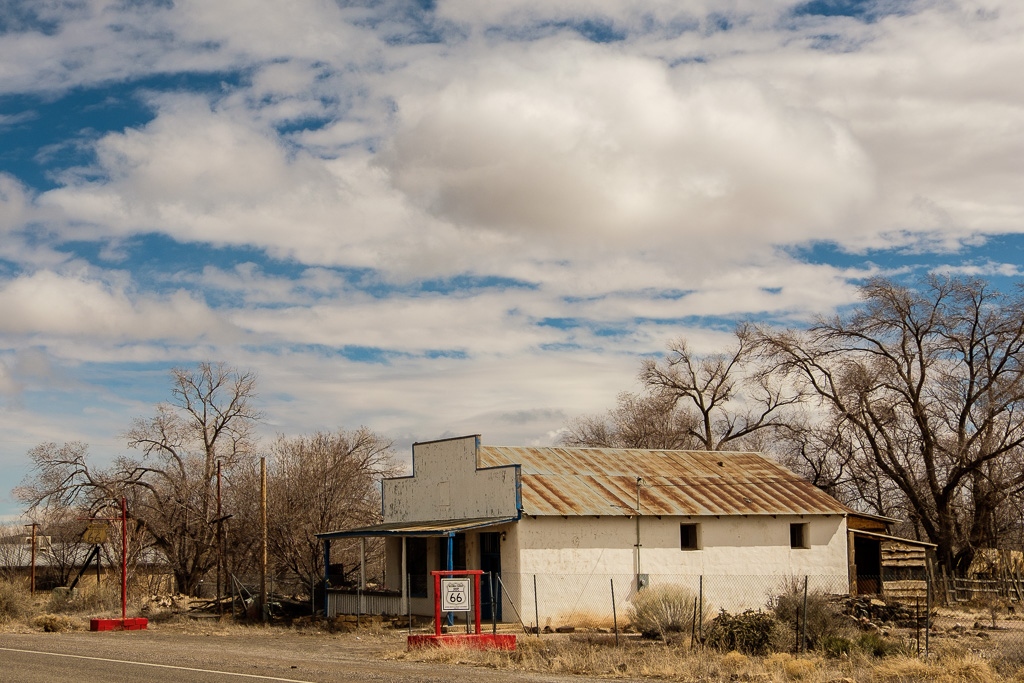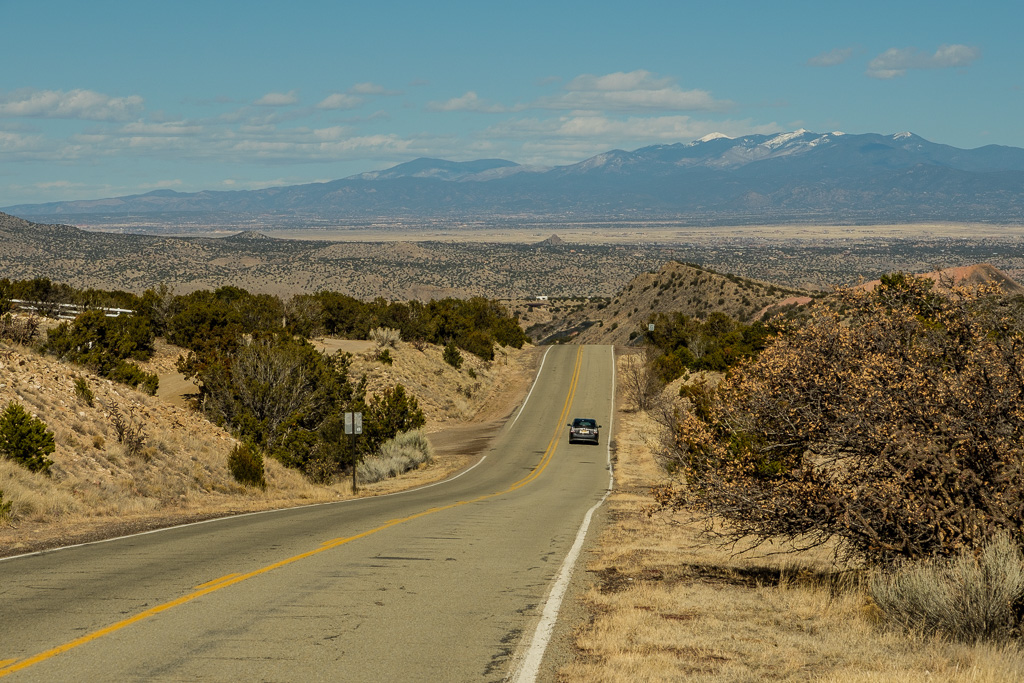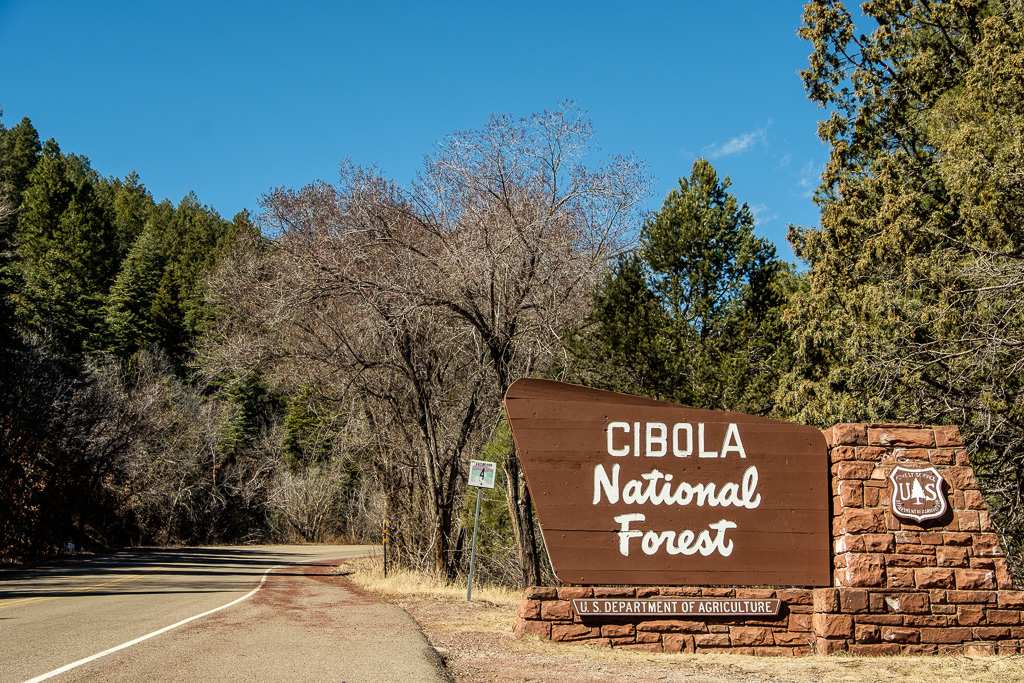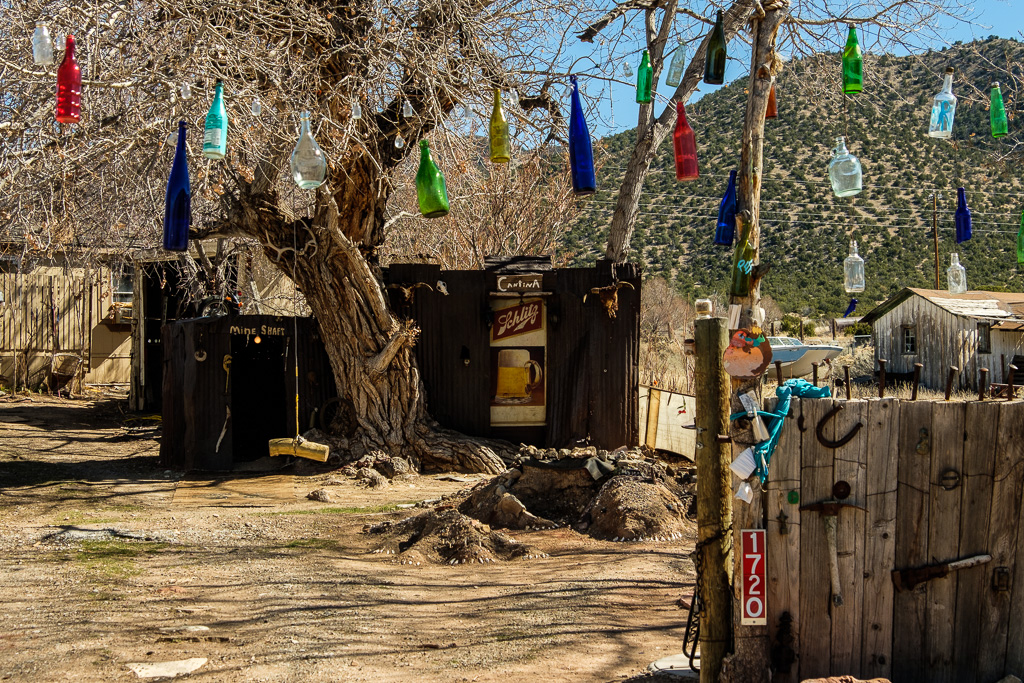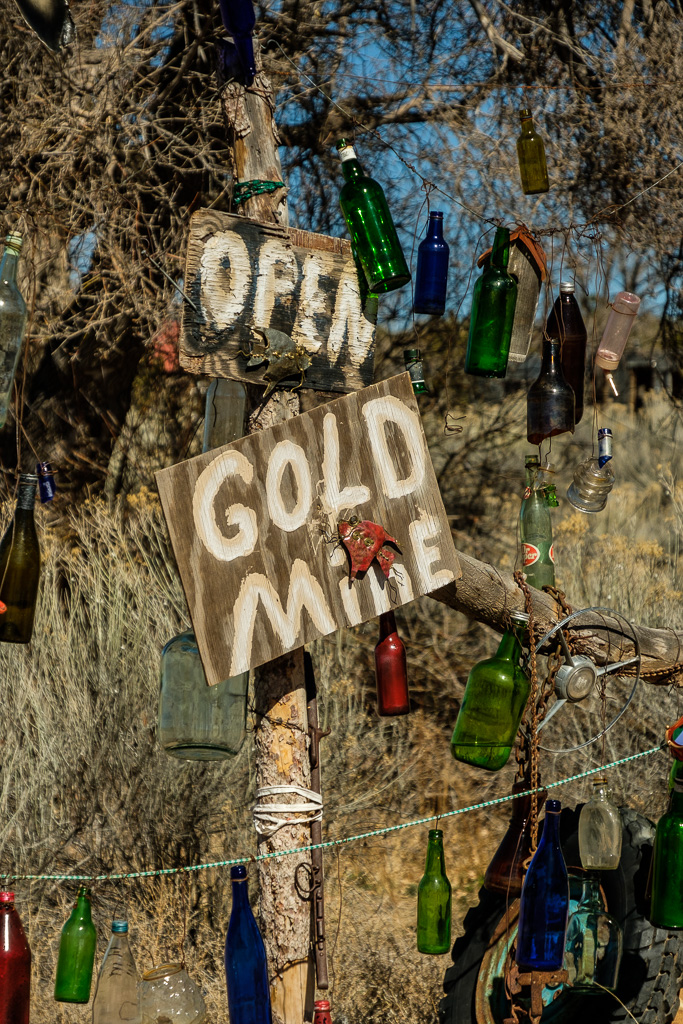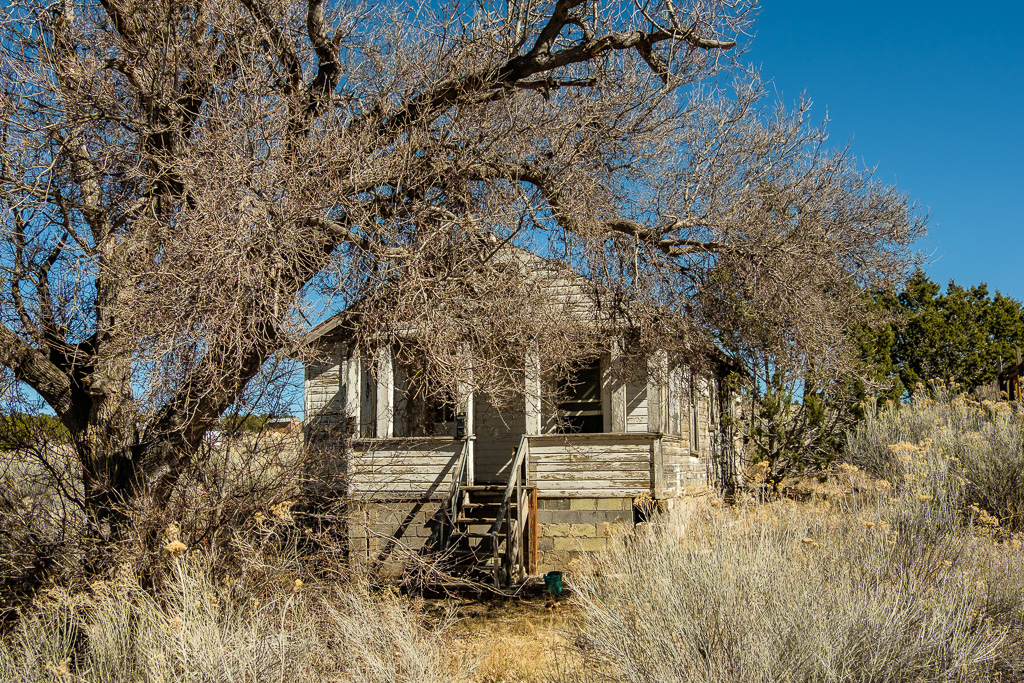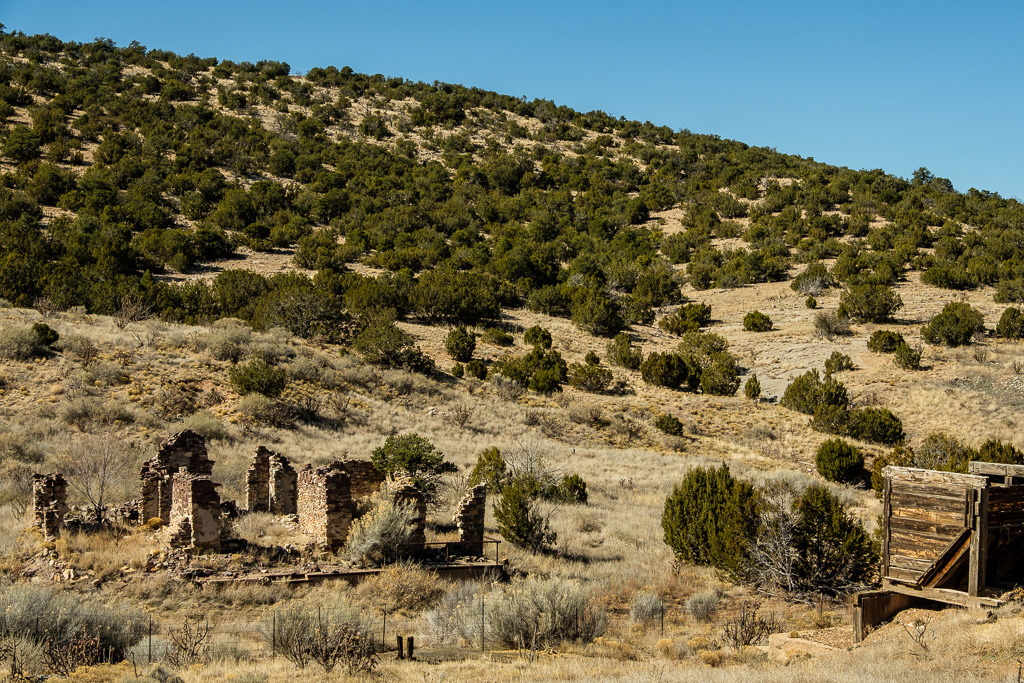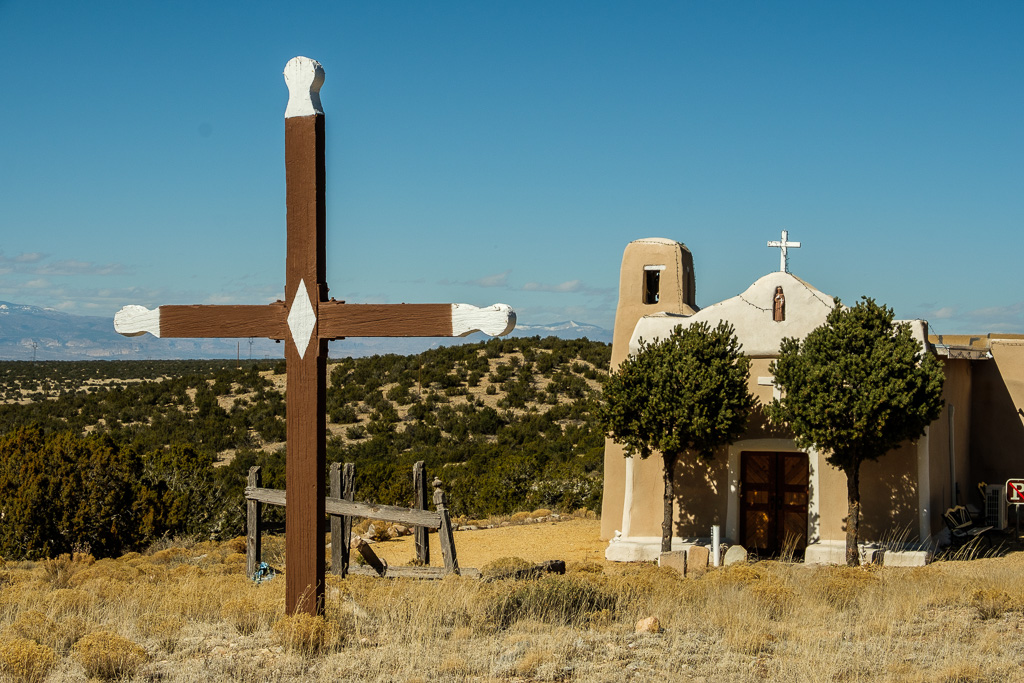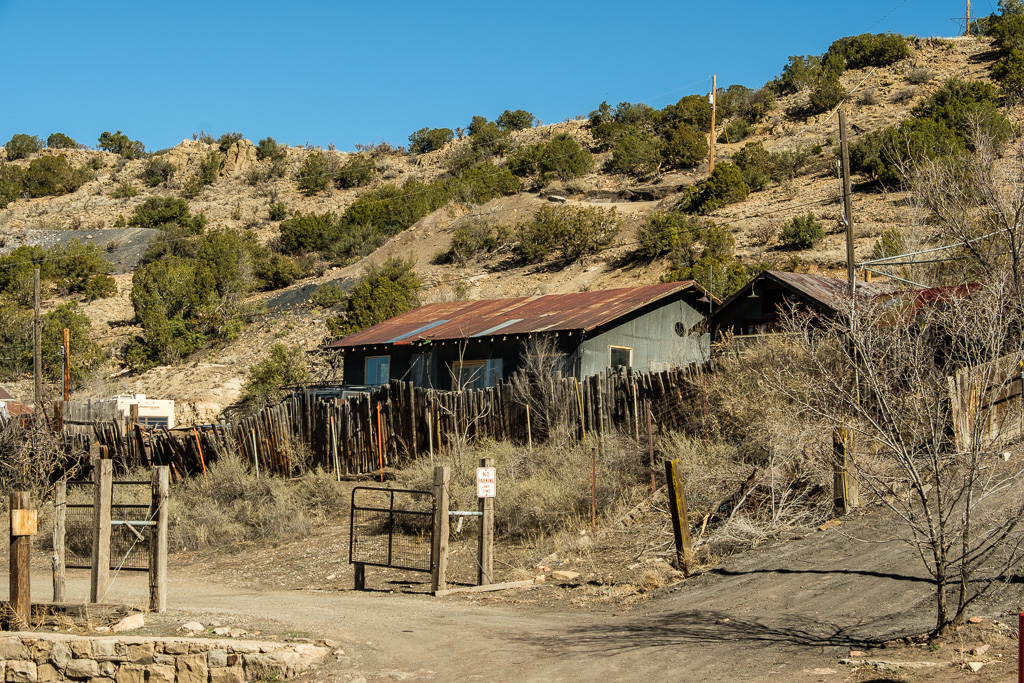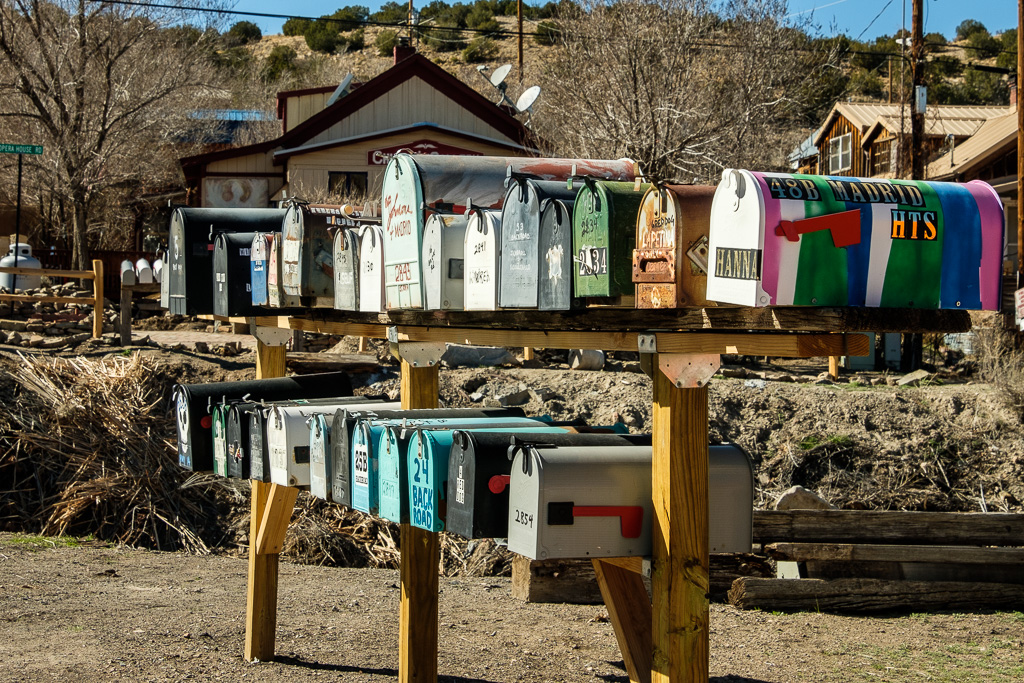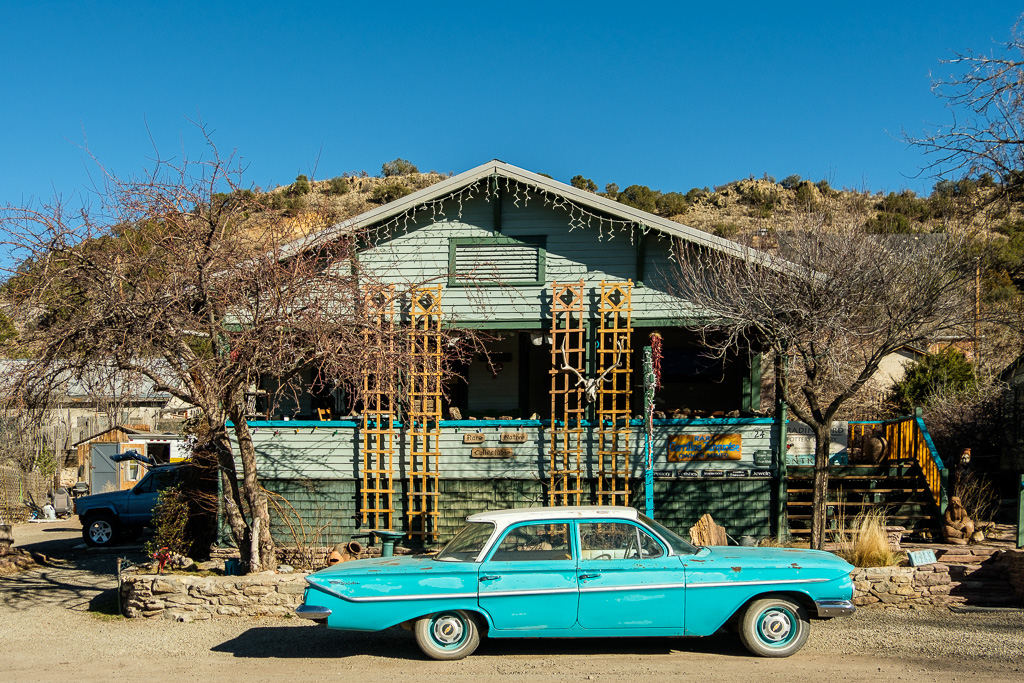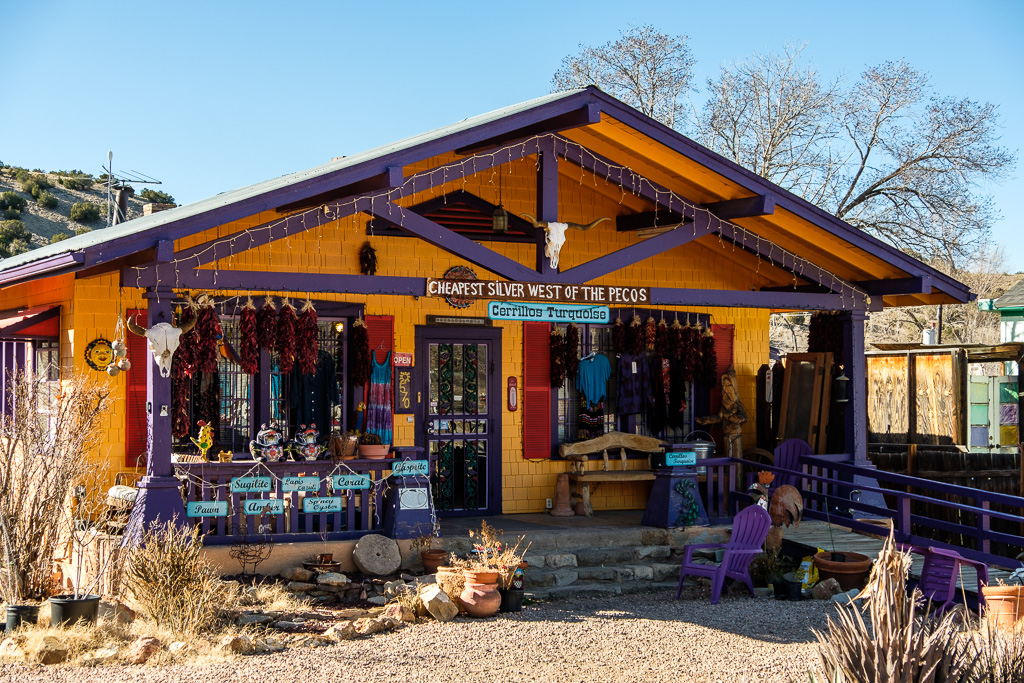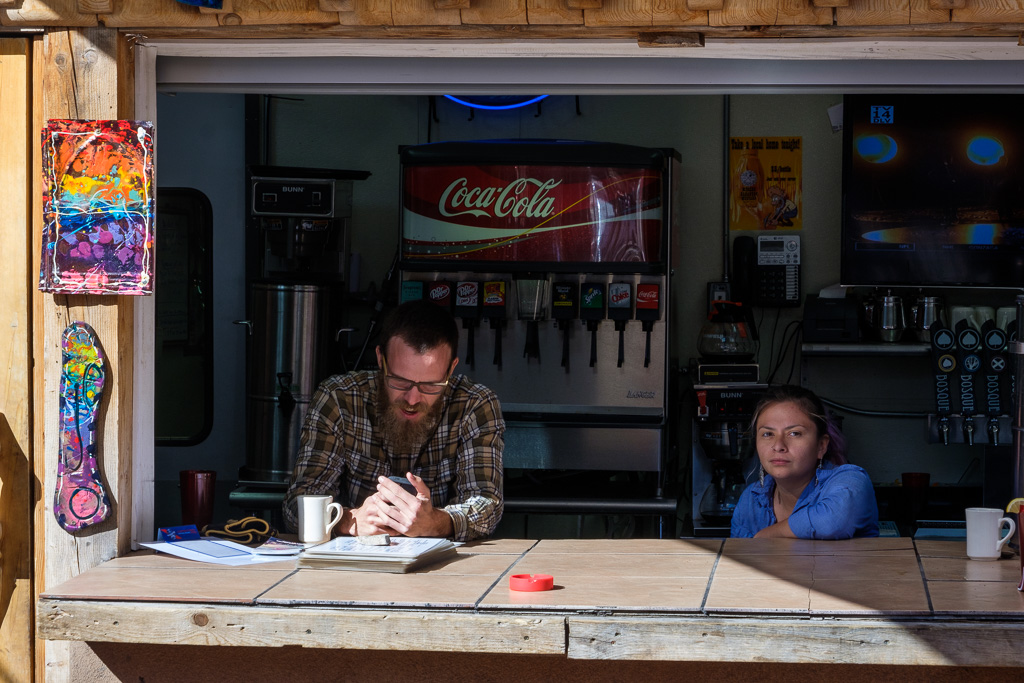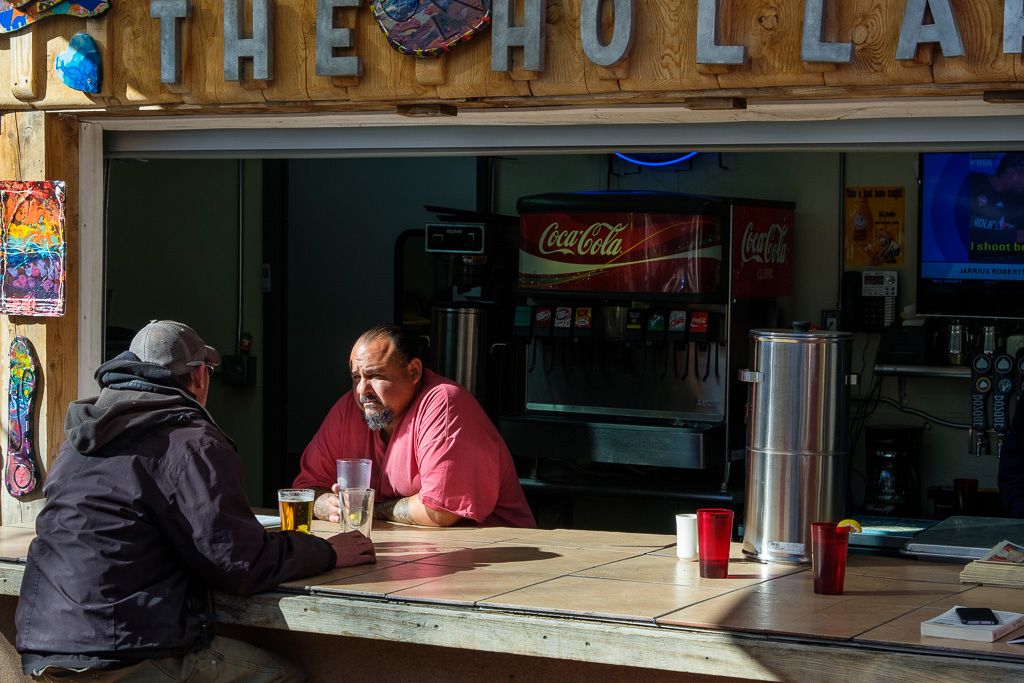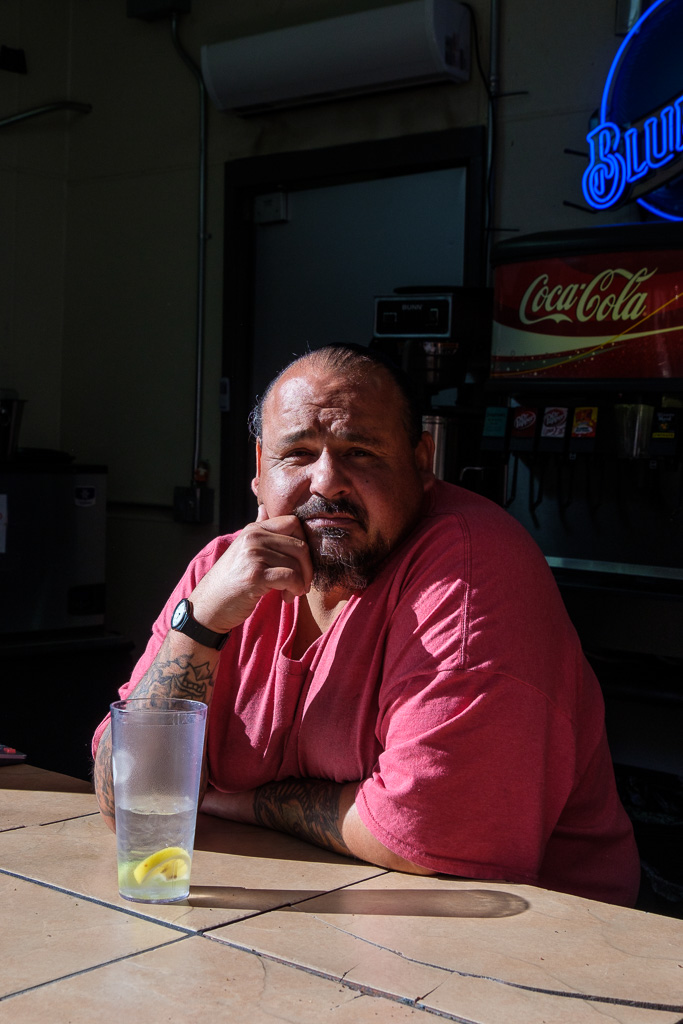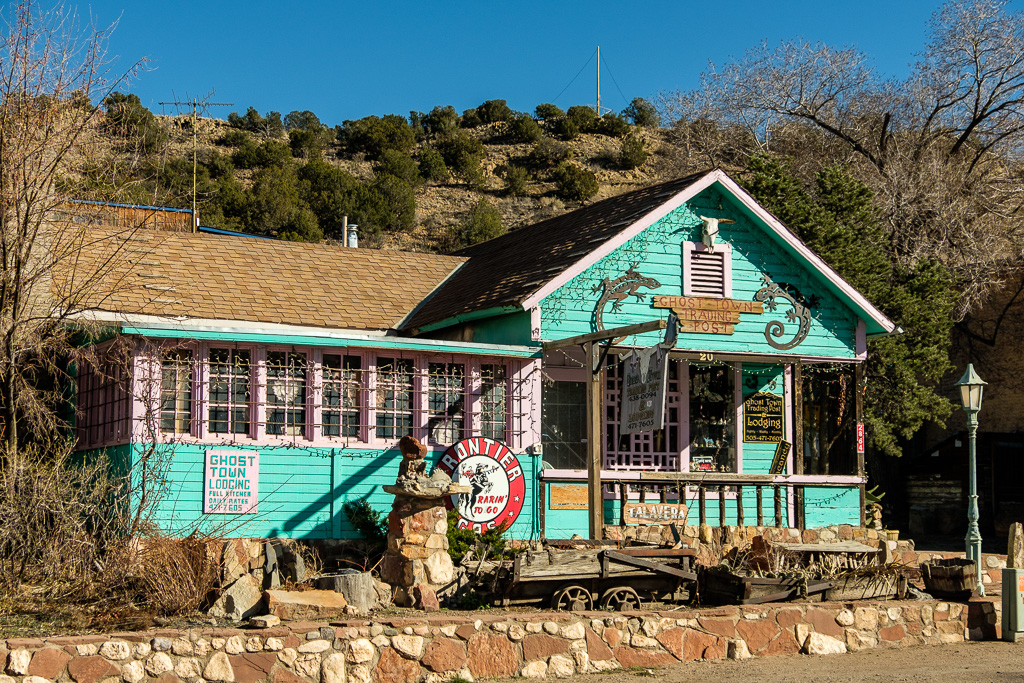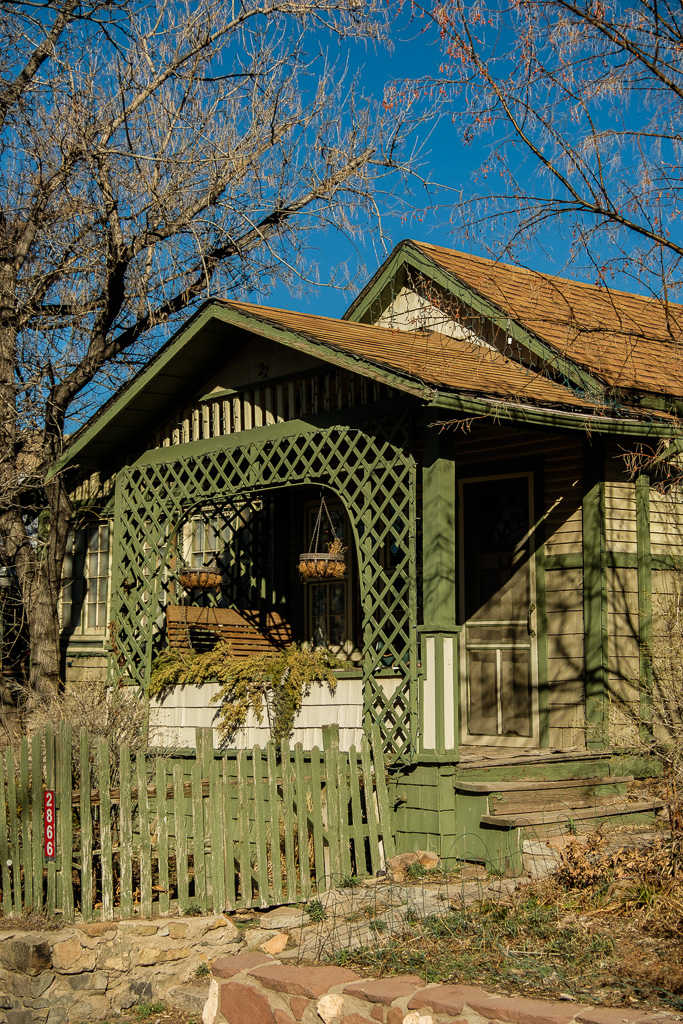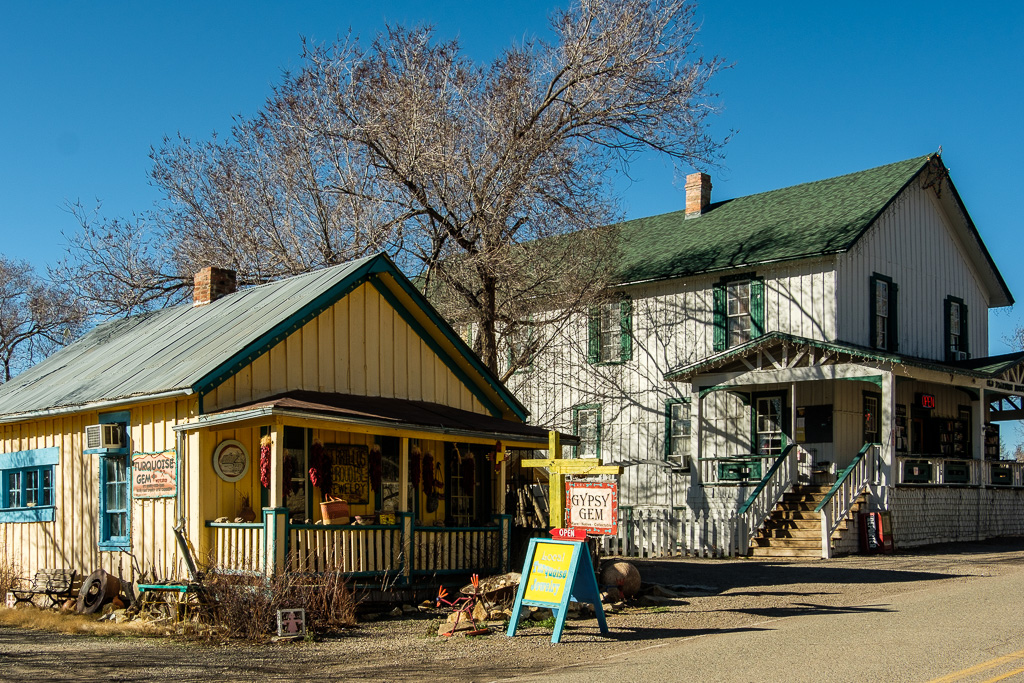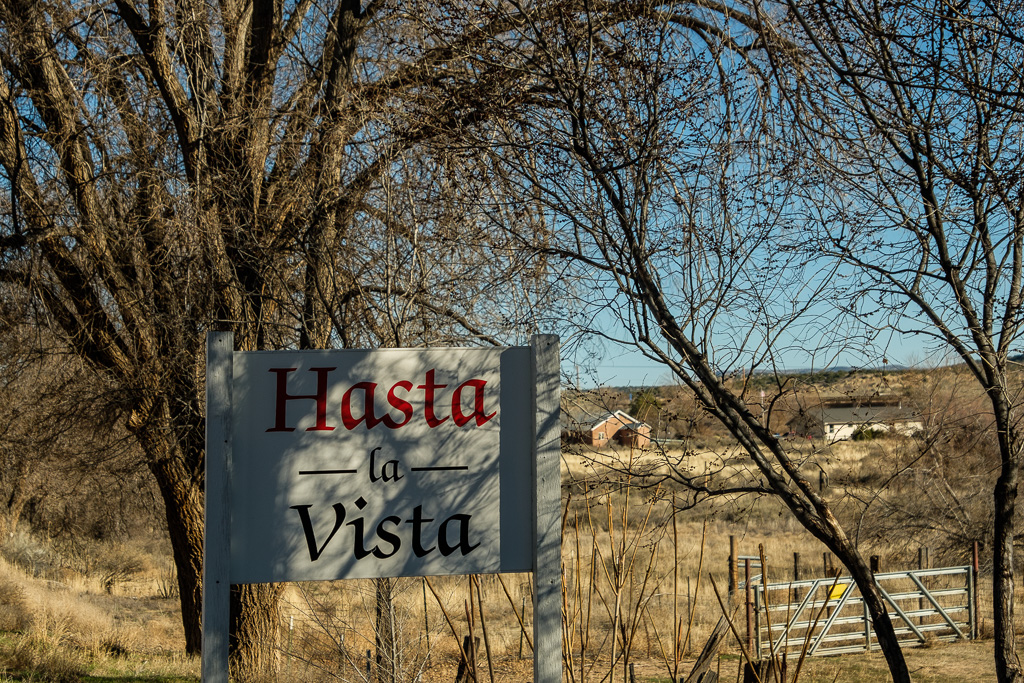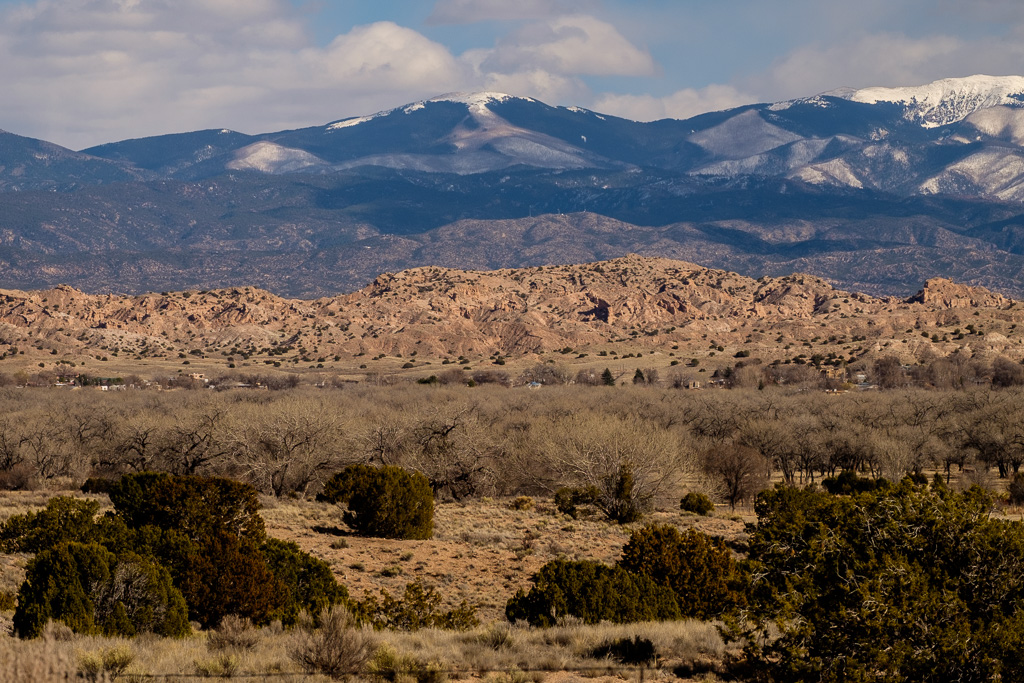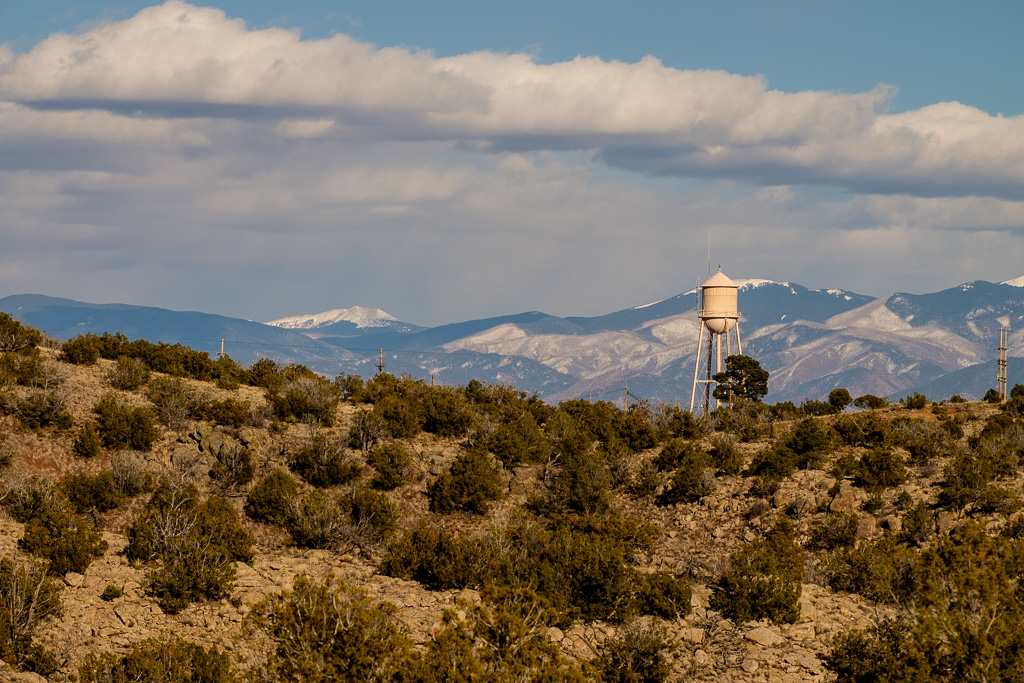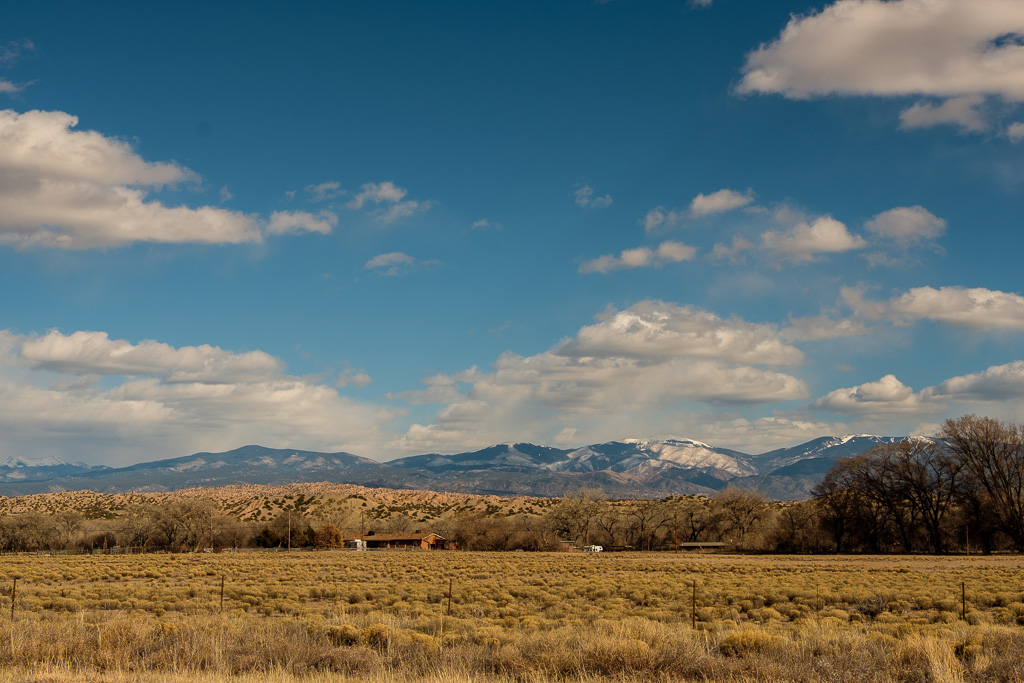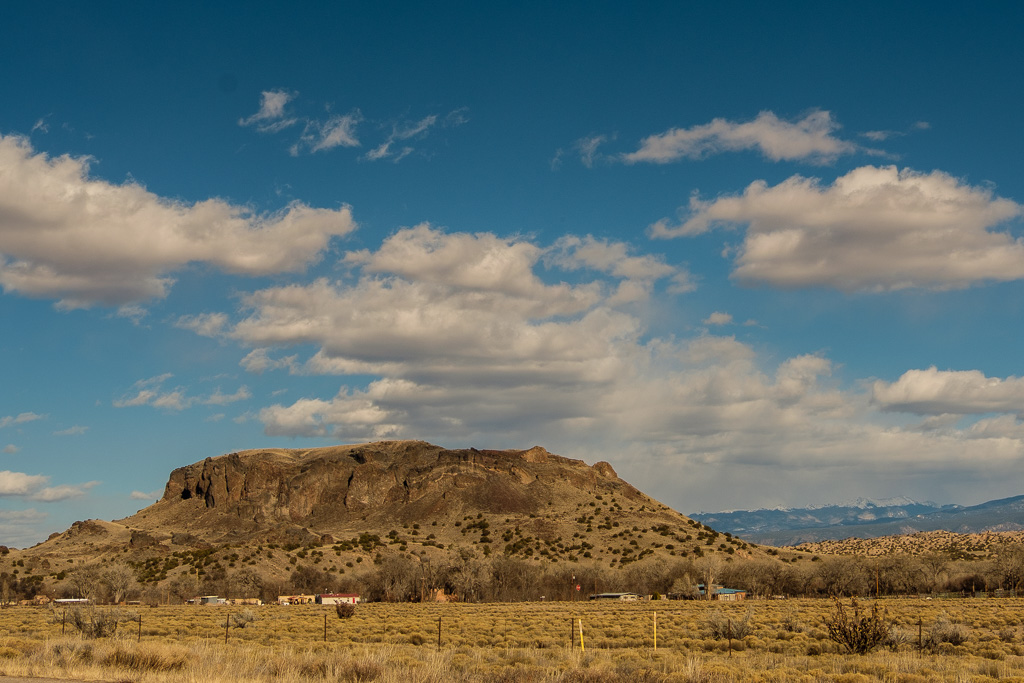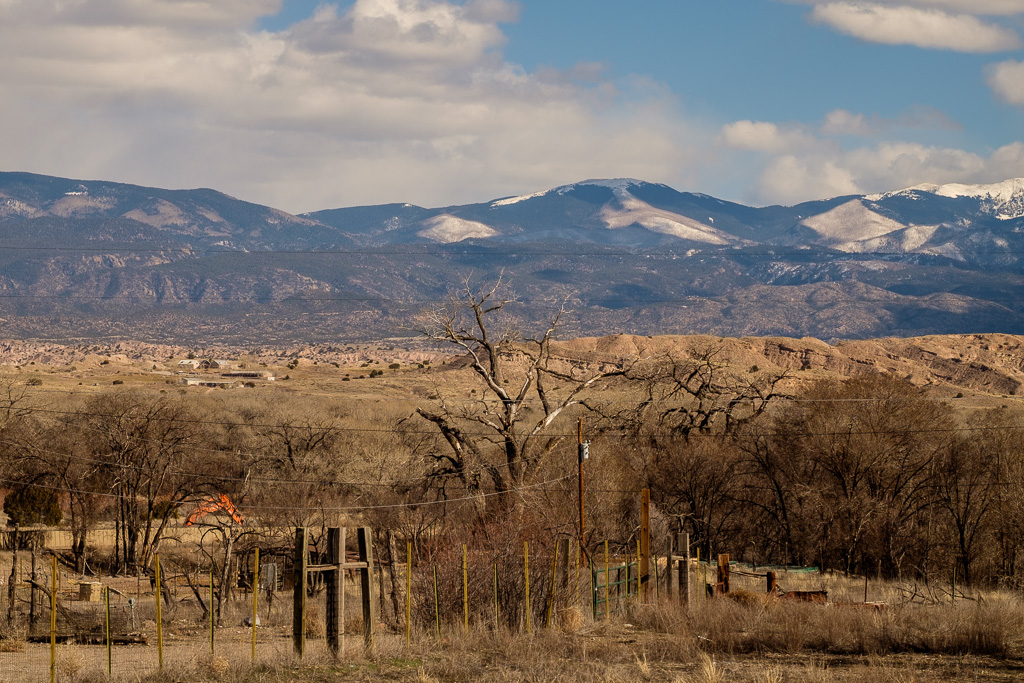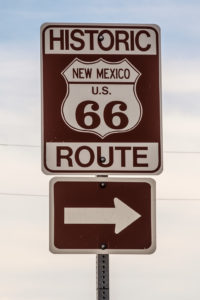 The road to Santa Fe
The road to Santa Fe
En route to Santa Fe on Route 66 in New Mexico.
After flat and dusty western Oklahoma and the Texas Panhandle the drive on the Mother Road in New Mexico Route 66 was wholly different. Big skies, mountains, forests, Native American Pueblos, old churches…it is a beautiful place and so very different from anything on Route 66 in the states I had already driven through (Illinois, Missouri, Kansas, Texas and Oklahoma).
In New Mexico Route 66 had two very different alignments. Until 1937 it went through Santa Fe. Called the “Santa Fe Loop” a good part of it ran along the historic Santa Fe Trail itself. (The other alignment as of 1937 bypassed Santa Fe and more or less was a straight shot from Santa Rosa to Albuquerque.) The set in this post and in the next few posts will be from my time on the older alignment (i.e. Santa Fe and Taos in the high desert of New Mexico).
The first pictures in this set will be the approach to Santa Fe on a scenic byway called the Turquoise Trail through the Cibola National Forest and old mining communities in the Ortiz Mountains, including Golden (not much there other than a rather bizarre tavern of sorts – let’s just say rustic and leave it at that – with all the bottles out front, a church and a few other surviving structures amidst the mining town ruins), and Madrid (the first syllable being pronounced like the word “mad” and with emphasis on the first syllable) where I stopped for lunch. An artists’ community with lots of art galleries but in a very un-touristy way. A fine stop. Meet the staff at the outside bar at “The Hollar” where I had a very tasty lunch and some great conversation.
I did a small detour up the Sandia Crest Byway in the Sandia Mountains and then headed back down to get back on the Turquoise Trail. The views were spectacular.
The rest were taken around Santa Fe mostly near US 84 a little north of the city where many of the Native American pueblos are. This is Georgia O’Keeffe country – she lived (and painted) at her home “Ghost Ranch” near Abiquiú about 50 miles north of Santa Fe. I didn’t make it up there but did make it to the O’Keeffe museum in Santa Fe which has a small but good collection.
Also in the area above Santa Fe is Los Alamos, the site of the Manhattan Project during World War II. It is not that far from where the pictures towards the end of the set were taken.
On a personal note, in 1944 a brilliant young 22-year old scientist and UC Berkeley graduate, Leon Leventhal, was driven through the project gate in Los Alamos after having been transferred there from the University of Chicago Met Lab where he had been working on plutonium-related research as part of the Manhattan Project (beneath the bleachers of Stagg Field at the University of Chicago where the lab and nuclear reactor were situated). Before that he was at Oak Ridge doing uranium-related research for the project.
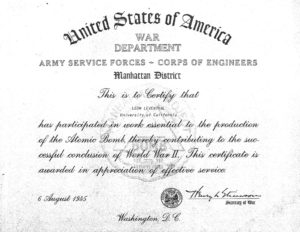 Leventhal was serving in the US Army Corps of Engineers as a “technical sergeant” but other than an abbreviated and pro forma boot camp experience he spent his entire time in military service during the war first at Virginia Tech at the US Army’s expense doing some targeted post-grad work and then working on top secret research in development of the atomic bomb at Oak Ridge, Chicago and then Los Alamos. He was recruited to the Manhattan Project by his UC Berkeley professor (and friend and colleague after the war) Dr. Glenn Seaborg, the Nobel Prize winner and co-discoverer of plutonium. Leventhal remained there at Los Alamos until 1946. He was my father.
Leventhal was serving in the US Army Corps of Engineers as a “technical sergeant” but other than an abbreviated and pro forma boot camp experience he spent his entire time in military service during the war first at Virginia Tech at the US Army’s expense doing some targeted post-grad work and then working on top secret research in development of the atomic bomb at Oak Ridge, Chicago and then Los Alamos. He was recruited to the Manhattan Project by his UC Berkeley professor (and friend and colleague after the war) Dr. Glenn Seaborg, the Nobel Prize winner and co-discoverer of plutonium. Leventhal remained there at Los Alamos until 1946. He was my father.
The Los Alamos National Laboratory there now is a secure facility with no public access to the most important historic sites, although outside of the secure area there are a few sites, such as house where project director (and UC Berkeley professor) J. Robert Oppenheimer lived, and a museum. There is a re-creation of one of the project gates outside of the secure area (pictured).

